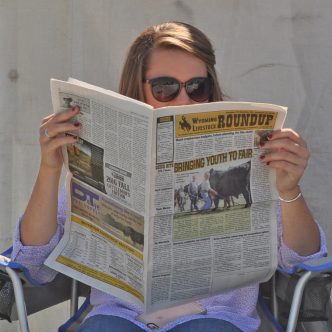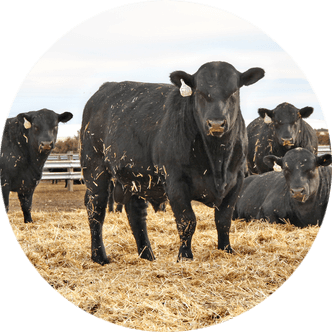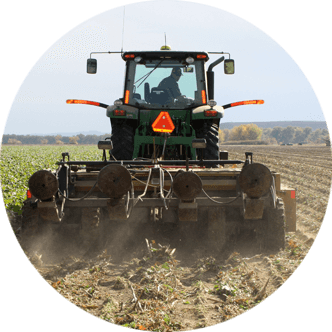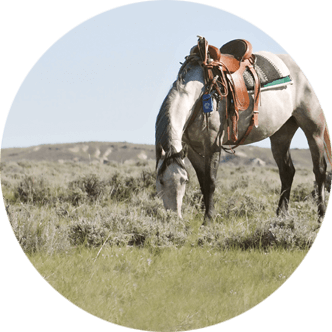Postcard from the Past: Sheep Wagon is Wyoming’s “Home on the Range”
Compiled by Dick Perue
Way back in 2008 when I first started writing this column for the Roundup, I penned the following column. If you’re a new reader, enjoy. If you’ve seen this before, you’re probably so old you can’t remember it. Since I’m so old I can’t remember writing it, let’s enjoy another Postcard from the Past together.
For more than 140 years, the sheep wagon – sometimes called a “Home on the Range” or more poetically “The Ship of the Desert” – housed the men who tended vast herds of sheep in Wyoming.
A sheep wagon is a model of combining a living quarters with a cookhouse. It was customarily covered with two canvases separated by ribs to affect an insulating dead air space and tacked over bows which extended from side to side.
The back end of the wagon is likewise insulated and carries a window, either sliding or hinged, for ventilation and light. The window is an integral part of the wagon.
The door is in the front end and is of two parts, quite similar to a Dutch door. The lower part is closed when moving and windows are in the upper part of the door.
Upon entering an authentic sheep wagon, the combination heating and cooking stove is on the right side with the stovepipe extending through the canvas roof.
Suitable cupboards are behind the stove for cooking utensils and food. The kerosene lamp hangs from a bow. A bench extends from the cupboards to the bed which is above the wagon box and crosswise of the wagon.
The bed is usually full size with a boxed-in mattress and springs. Under the bed is the “cellar” where the greater part of the food is carried. A swing door offers access. A sliding table pulls out from under the bed.
A second bench on the left side extends from the bed to the front end, sometimes with other cupboards close to the door. The water bucket is usually placed there.
On the outside of the wagon and between the front and rear wheels are wooden “jockey boxes,” often metal lined to carry flour, sugar, coffee and other supplies. A grain box to provide feed for the horses extends between and beyond the rear wheels and is metal lined to keep out rodents and water.
The sheep wagon has been described as snug and warm when Wyoming blizzards howl. It is truly a home for the herder and camp mover and is a welcome sight for the traveler who is far from home and knows there is sure to be a hot pot of black coffee and a kettle of beans on the stove to provide western hospitality.
The Sheepherder’s Home
A crude construction this
house on wheels,
and yet to the sheepherder
it is home,
as it stands alone in the
bleak foothills,
where a child of nature he
dwells alone.
Save for his dog, the
faithful friend
who follows his master
day by day,
and the solitude of the
sheepherder’s life
the word “alone” can
scarce convey.
Yet of his patient endurance
so little is told,
for, of the woof and warp
of the factory’s web,
this silent hero holds the
thread
and clothes a nation from
the fold.
– By Julia E. Gaskill, Grand Encampment, 1899





